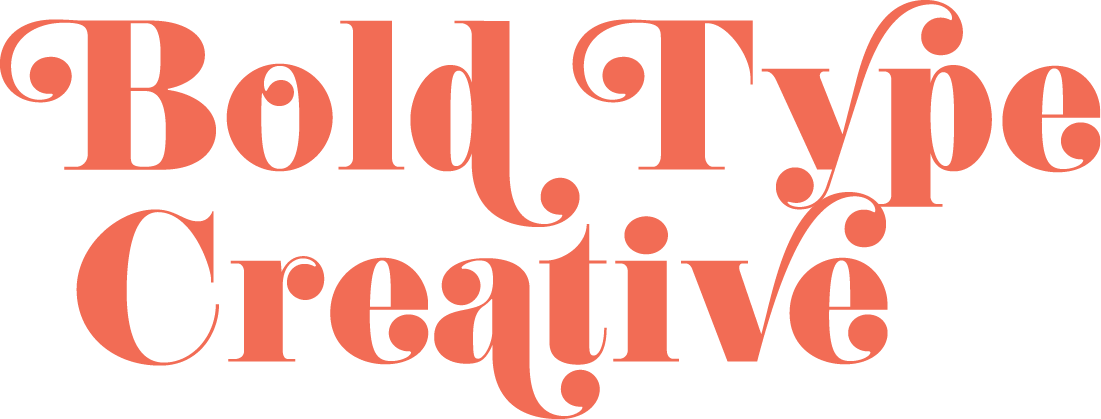Glossary of common image file names and their applications. Source: Adobe
JPEG
JPEG — Joint Photographic Experts Group
JPEG (or JPG) is a lossy image file format, meaning its quality decreases with the file size. It’s the best choice for nearly all online images, and for some printed photographs and artwork. JPEG is your go-to option for adding images to websites and documents.
GIF
GIF — Graphics Interface Format
GIF is a lossless, lightweight image file format ideal for small graphics on websites and in emails. It supports transparent elements and animated graphics. If you see a small animated image on the web, you’re probably looking at a GIF. However, GIFs are limited to 256 simultaneous colors, so they can’t achieve photographic quality.
PNG
TIFF
PNG — Portable Network Graphics
You can think of PNG as the next-generation GIF. It’s a lossless image file format that supports transparency and millions of colors. It can also create animations, but few applications support this feature. PNGs are ideal for colorful illustrations and graphics.
TIFF — Tagged Image File Format
TIFF is the workhorse format for high-resolution printing, including art photography and other fine artwork. It’s a lossless image file format that retains extremely high photographic quality for scanning and printing. However, TIFF file sizes are usually huge, making them difficult to share for general purposes.
PDF - Portable Document Format
PDF isn’t actually an image file format, but sometimes it can be a good idea to convert images into PDFs. You can open PDFs on any device and compress them to smaller file sizes without significantly affecting image quality. And, if you need to share multiple images at once, PDFs are a great option. You can convert your images into a single PDF document with online tools, like Adobe Acrobat online services.
